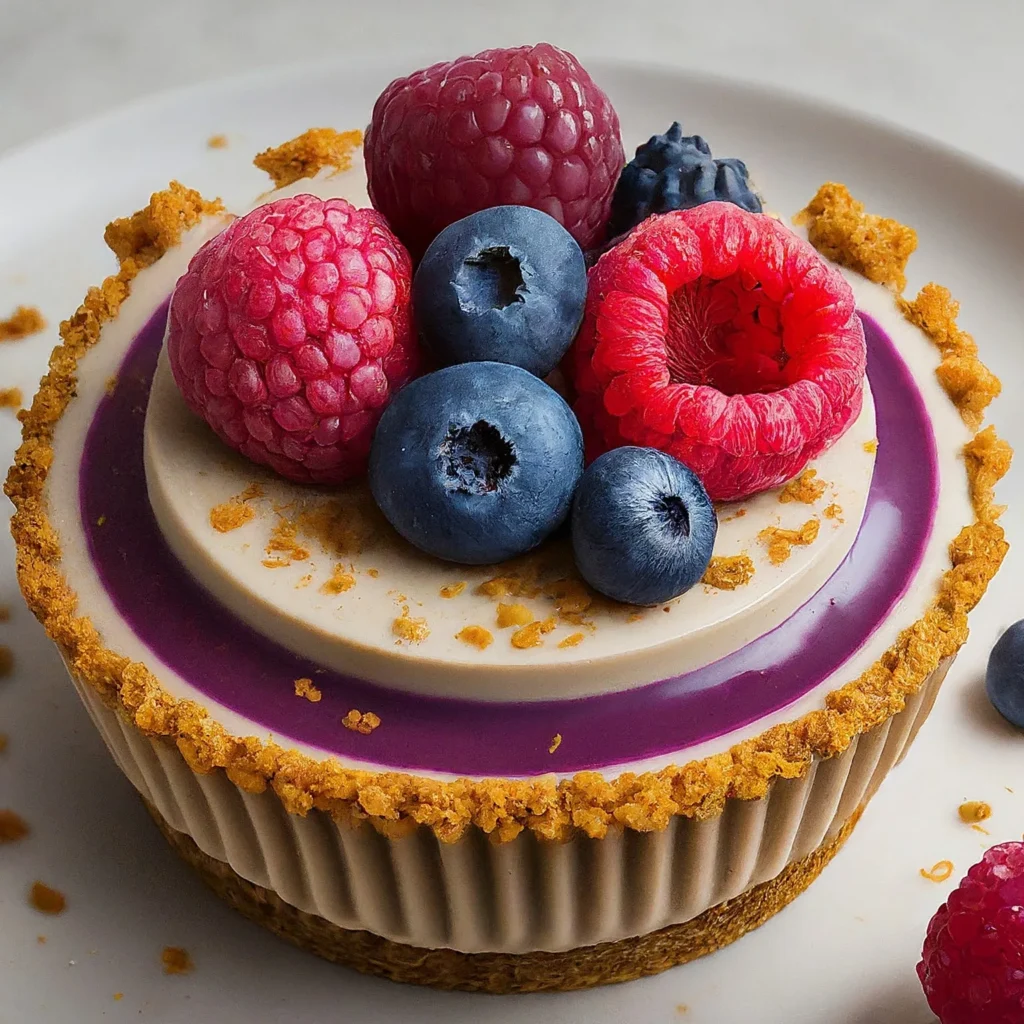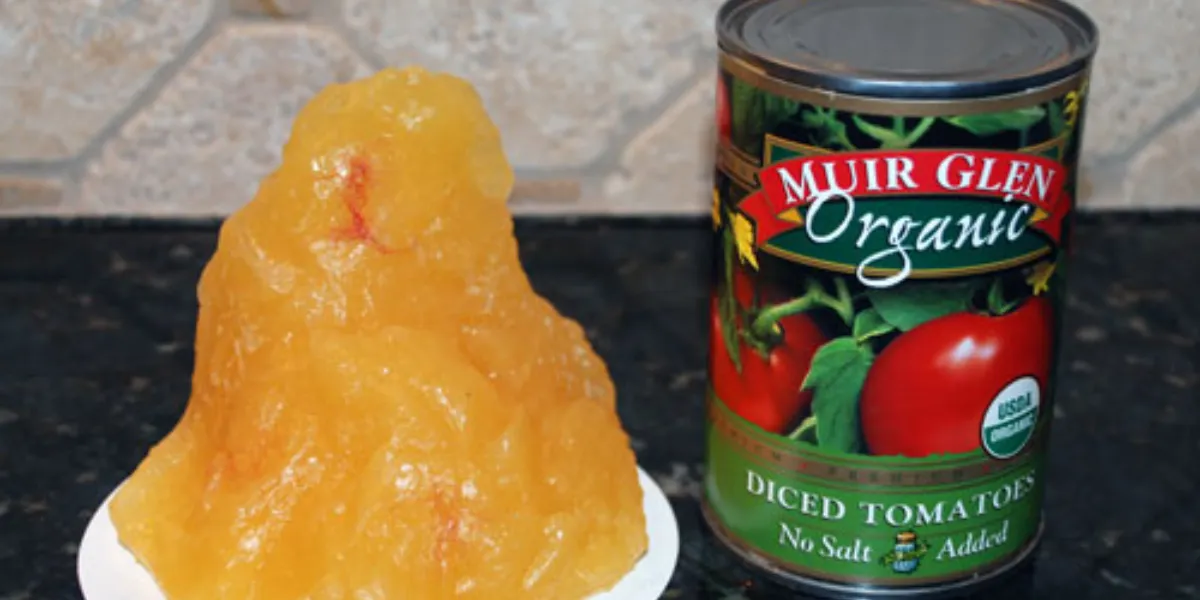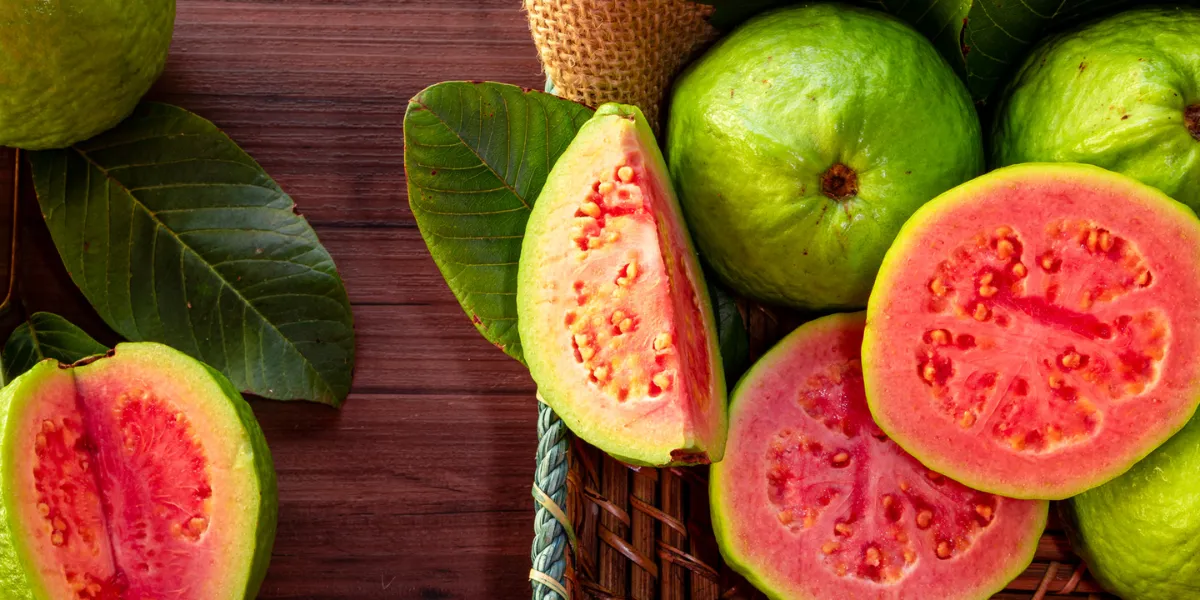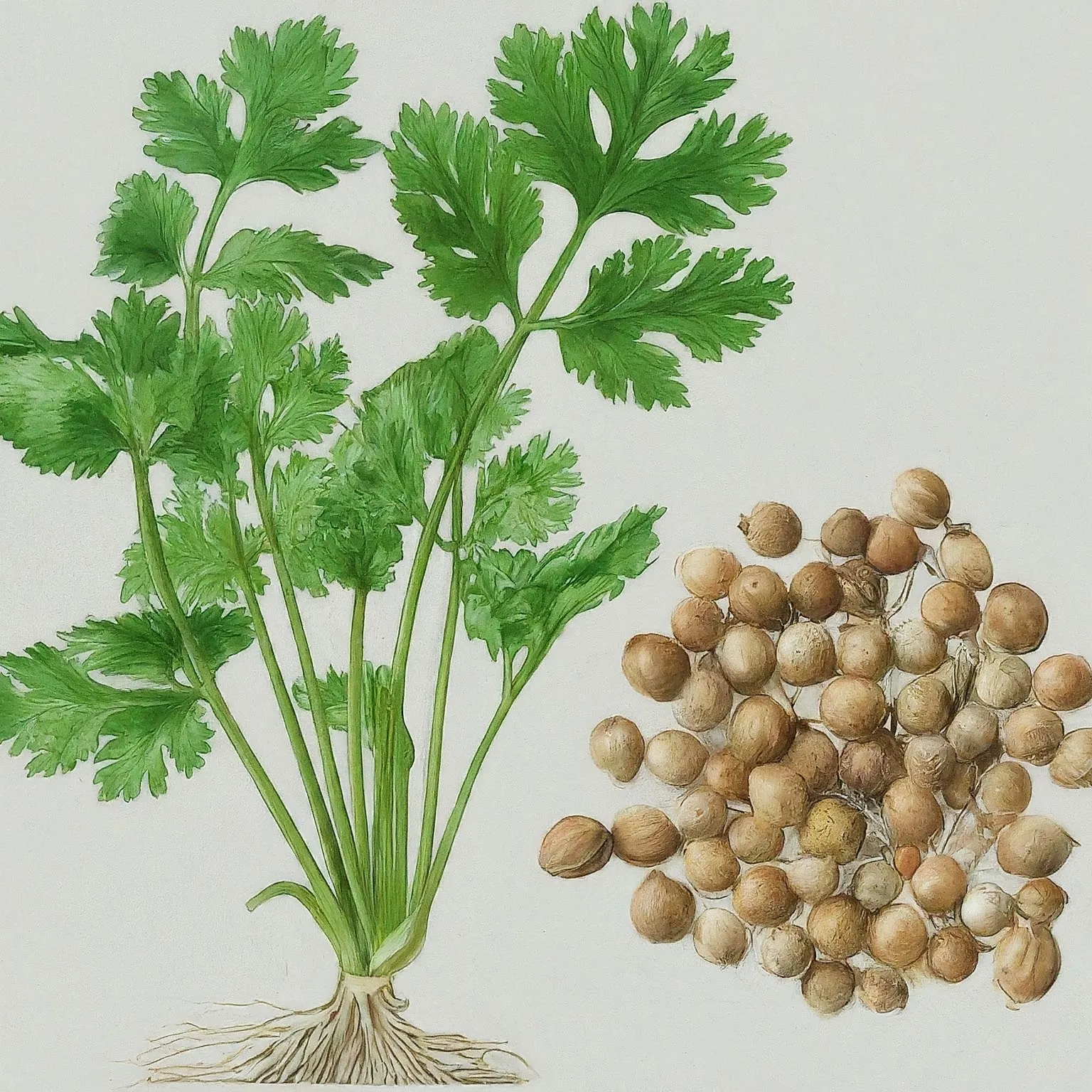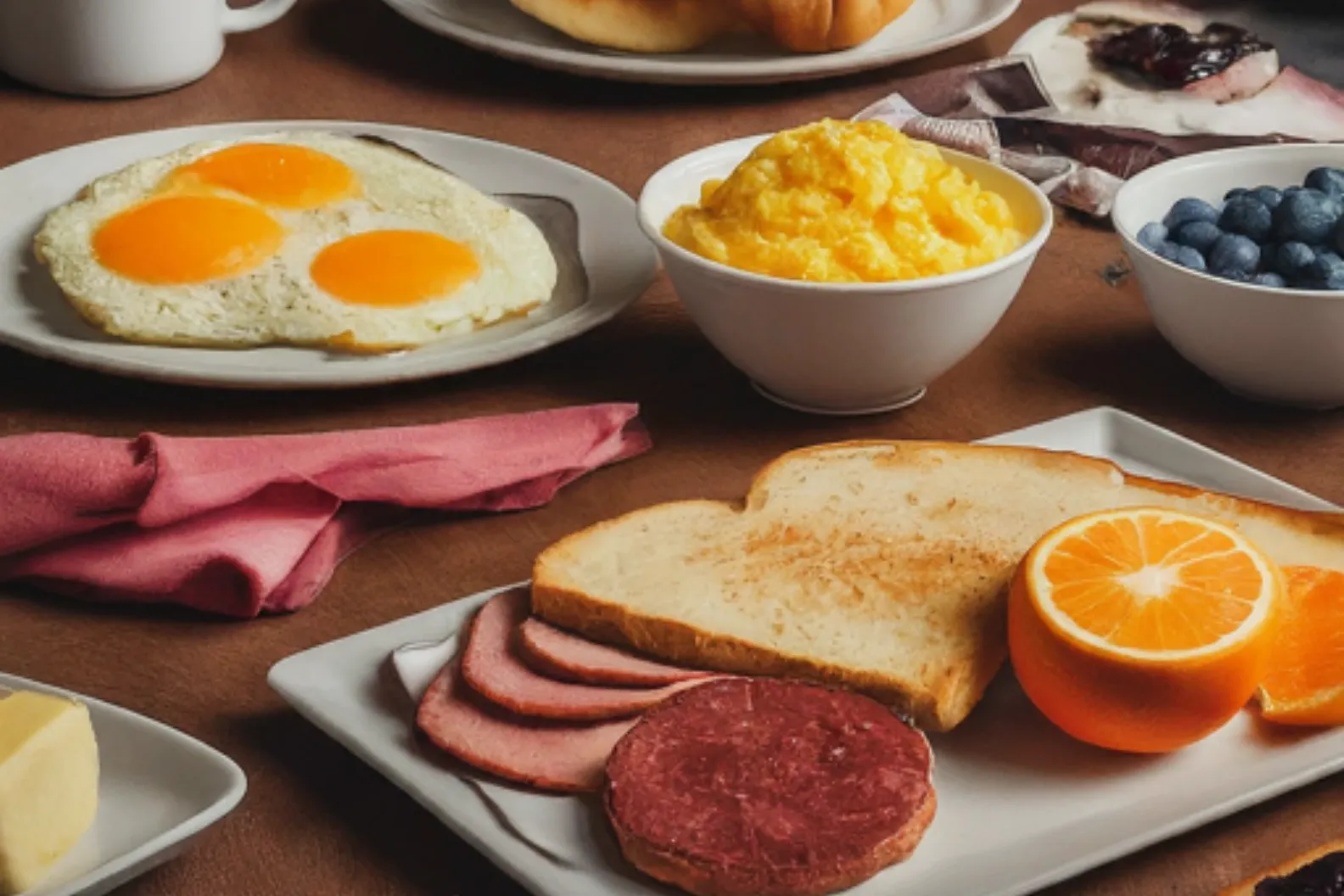Do you crave sweet treats but follow a gluten-free and dairy-free diet? Worry not! This guide is packed with information, tips, and delectable recipes to satisfy your sweet tooth without compromising your dietary needs.
Table of Contents
ToggleWhy Go Gluten and Dairy-Free?
People choose gluten-free and dairy-free diets for various reasons, including:
- Celiac disease: An autoimmune disorder triggered by gluten consumption.
- Gluten sensitivity: Experiencing discomfort after consuming gluten.
- Lactose intolerance: Difficulty digesting lactose, the sugar found in milk and dairy products.
- Dairy allergy: An immune system reaction to dairy proteins.
- Veganism: A lifestyle choice that excludes animal products, including dairy.
Regardless of the reason, finding delicious and satisfying desserts can be challenging when following these dietary restrictions. But fear not, this guide is here to help!
Understanding Substitutes: Baking with Alternatives
The key to creating gluten and dairy-free desserts lies in using suitable substitutes for traditional ingredients. Here are some common swaps:
- Gluten-free flours: Opt for flours made from almond, coconut, rice, or tapioca. These often require adjustments in proportions compared to wheat flour, so follow recipes specifically formulated for gluten-free baking.
- Dairy-free milk: Choose from a variety of plant-based milk alternatives like almond, coconut, soy, rice, or oat milk. They come in different flavors and thicknesses, so select the one that best suits your recipe.
- Dairy-free butter or margarine: Look for options labeled “dairy-free” or vegan. Coconut oil, applesauce, or mashed banana can also be used in some recipes for a healthier alternative.
- Sweeteners: Natural sweeteners like honey, maple syrup, coconut sugar, or dates provide sweetness and depth of flavor.
Tips for Successful Substitutions:
- Read labels carefully: Ensure all ingredients are truly gluten and dairy-free, as some products may contain hidden sources.
- Experiment with different brands: Not all substitutes behave the same way. Experiment with different brands to find what works best for your taste and recipe.
- Adjust recipe proportions: Gluten-free flours may absorb liquids differently than wheat flour. Be prepared to adjust the amount of liquid in your recipe.
- Start with trusted recipes: Look for recipes specifically designed for gluten and dairy-free baking. This ensures the ingredients and proportions are well-tested for success.
Delightful Dessert Ideas: From Simple to Show-Stopping
There’s a gluten and dairy-free dessert for every occasion! Here are some ideas to get you started:
Simple Treats:
- Fruit Salad with Coconut Cream: Combine your favorite seasonal fruits with a dollop of homemade coconut cream (made by blending canned coconut milk until smooth).
- Baked Apples with Cinnamon and Nuts: Core apples, fill them with a mixture of chopped nuts, cinnamon, and a drizzle of maple syrup, and bake until tender.
- Chia Seed Pudding: Combine chia seeds with your favorite plant-based milk, sweetener, and spices like vanilla or cinnamon. Let it refrigerate overnight for a healthy and satisfying pudding.
Classic Desserts with a Twist:
- Gluten-free Brownies: Use a gluten-free flour blend and dairy-free chocolate chips for a decadent treat.
- Fruit Crisp: Top your favorite fruit with a crumble made from gluten-free oats, nuts, and spices. Bake until golden brown and enjoy warm with a scoop of dairy-free ice cream.
- Vegan Chocolate Chip Cookies: Made with almond flour, vegan chocolate chips, and dairy-free butter, these cookies are just as delicious as the originals.
Show-Stopping Desserts:
- Vegan Cheesecake: Use a nut-based crust, a creamy cashew-based filling flavored with lemon or berries, and top it with fresh fruit for a stunning and festive dessert.
- Flourless Chocolate Cake: This rich and decadent cake is naturally gluten-free and requires minimal ingredients. Serve it with a dollop of dairy-free whipped cream.
- Individual Fruit Tarts: Make mini tart shells with almond flour or use store-bought gluten-free ones. Fill them with a creamy dairy-free custard or fruit jam and top with fresh berries.

Additional Tips:
- Get creative with toppings: Fresh fruit, chopped nuts, shredded coconut, or dairy-free chocolate sauce can elevate any dessert.
- Don’t be afraid to experiment: There are endless possibilities when it comes to gluten and dairy-free baking. Try new recipes and find your favorites.
- Enjoy in moderation: While these treats are delicious, remember to enjoy them as part of a balanced diet.
Foods you can eat dairy-free and gluten-free:
- Fruits and vegetables: This is a great base for a healthy and delicious diet, providing essential vitamins, minerals, and fiber. Enjoy a variety of fresh, frozen, or canned (check labels for added gluten or dairy) options.
- Proteins: Choose lean meats, poultry, fish, seafood, legumes (beans, lentils, chickpeas), tofu, tempeh, and some plant-based protein powders and bars (check labels for gluten and dairy).
- Grains: Opt for naturally gluten-free options like quinoa, rice, corn, buckwheat, millet, sorghum, and oats (choose certified gluten-free oats if sensitive to trace amounts).
- Fats and oils: Healthy fats like olive oil, avocado oil, coconut oil, and nuts and seeds are excellent choices.
Gluten-free and dairy-free spreads:
- Nut butters: Choose peanut, almond, cashew butter, or other nut butter varieties, ensuring they are free of added sugars, fillers, or gluten contamination.
- Avocado: Mashed avocado provides a creamy and healthy spread.
- Hummus: This chickpea-based spread is naturally gluten-free and dairy-free, and comes in various flavors.
- Seed butter: Sun butter or tahini (made from sesame seeds) are alternatives to nut butter for those with nut allergies.
- Coconut butter: This smooth spread offers a unique flavor and healthy fats.
Gluten-free and dairy-free chocolate:
- Dark chocolate: Look for options with at least 70% cacao content as they are usually naturally gluten and dairy-free. Always check the label for confirmation.
- Dairy-free chocolate bars: Many brands offer dairy-free chocolate bars made with alternative ingredients like coconut milk or nuts.
- Baking chocolate: Choose options labeled as gluten and dairy-free specifically for baking purposes.
Gluten-free dairy substitutes:
Various alternatives are depending on the specific dairy product you’re looking to replace:
- Milk: Choose from plant-based milk options like almond, soy, coconut, rice, oat, or pea milk.
- Yogurt: Look for dairy-free yogurt made with coconut milk, soy milk, or other plant-based alternatives.
- Cheese: Several brands offer dairy-free cheese alternatives made from cashews, almonds, or other ingredients.
- Butter: Use dairy-free butter sticks or margarine labeled as such, or use coconut oil, avocado, or mashed banana as substitutes in some recipes.
- Cream: Coconut cream, cashew cream, or soy cream can be used as dairy-free alternatives depending on the application.
Remember to always check ingredient labels carefully for any potential gluten or dairy traces, even if a product is labeled as “dairy-free” or “vegan.”
Frequently Asked Questions (FAQs) about Gluten and Dairy-Free Desserts
1. Are all store-bought gluten-free products also dairy-free?
No, not all store-bought gluten-free products are also dairy-free. Always check the ingredient list carefully, as many products may contain milk, cheese, or other dairy ingredients.
2. What are some good resources for finding gluten and dairy-free recipes?
- Many websites and blogs specialize in gluten and dairy-free recipes.
- Look for cookbooks specifically dedicated to these dietary restrictions.
- Online communities and forums can be a great resource for sharing recipes and tips.
3. Can I use regular sugar instead of alternative sweeteners?
While you can technically substitute regular sugar in some recipes, it may affect the texture and flavor of the final product. Alternative sweeteners often have different properties that contribute to the overall baking experience. It’s best to stick with the recommended sweetener in the recipe for optimal results.
4. What if I don’t have a specific gluten-free flour blend?
You can make your blend using a combination of different gluten-free flours like almond, coconut, rice, and tapioca.
- Research online for recipes for homemade gluten-free flour blends.
- Remember, homemade blends may require adjustments in the recipe compared to store-bought blends.
5. How can I tell if a dessert is safe for someone with a dairy allergy?
Always check the ingredient list and allergen statement carefully. Look for phrases like “dairy-free,” “vegan,” or “made with non-dairy ingredients.” If you are unsure, it’s best to avoid the dessert or contact the manufacturer for clarification.
6. Can I use dairy-free alternatives in recipes that don’t call for them?
In some cases, you may be able to substitute dairy-free alternatives for traditional ingredients. However, this can be tricky and may not always result in the desired outcome.
- It’s best to follow recipes specifically formulated for gluten and dairy-free baking for guaranteed success.
7. What are some healthy options for gluten and dairy-free desserts?
Many naturally gluten and dairy-free desserts are inherently healthy, such as fruit-based dishes and chia seed pudding.
- Look for recipes that use whole ingredients, limited added sugar, and healthy fats like nuts and seeds.
8. How can I make gluten and dairy-free desserts taste good?
- Use high-quality ingredients that pack flavor.
- Experiment with different spices and extracts like vanilla, almond, and cinnamon.
- Don’t be afraid to add a pinch of salt to enhance other flavors.
- Top your desserts with fresh fruit, nuts, or a drizzle of chocolate sauce for extra flavor and texture.
9. Will gluten and dairy-free desserts be as satisfying as traditional desserts?
While taste preferences are subjective, many people find gluten and dairy-free desserts just as satisfying as their traditional counterparts.
- The key is to find recipes that are well-developed and use delicious flavor combinations.
10. What if I mess up a gluten and dairy-free recipe?
Don’t despair! Baking can be a learning experience.
- Analyze what went wrong and try to adjust the recipe next time.
- There are online forums and communities where you can seek advice from other gluten and dairy-free bakers.
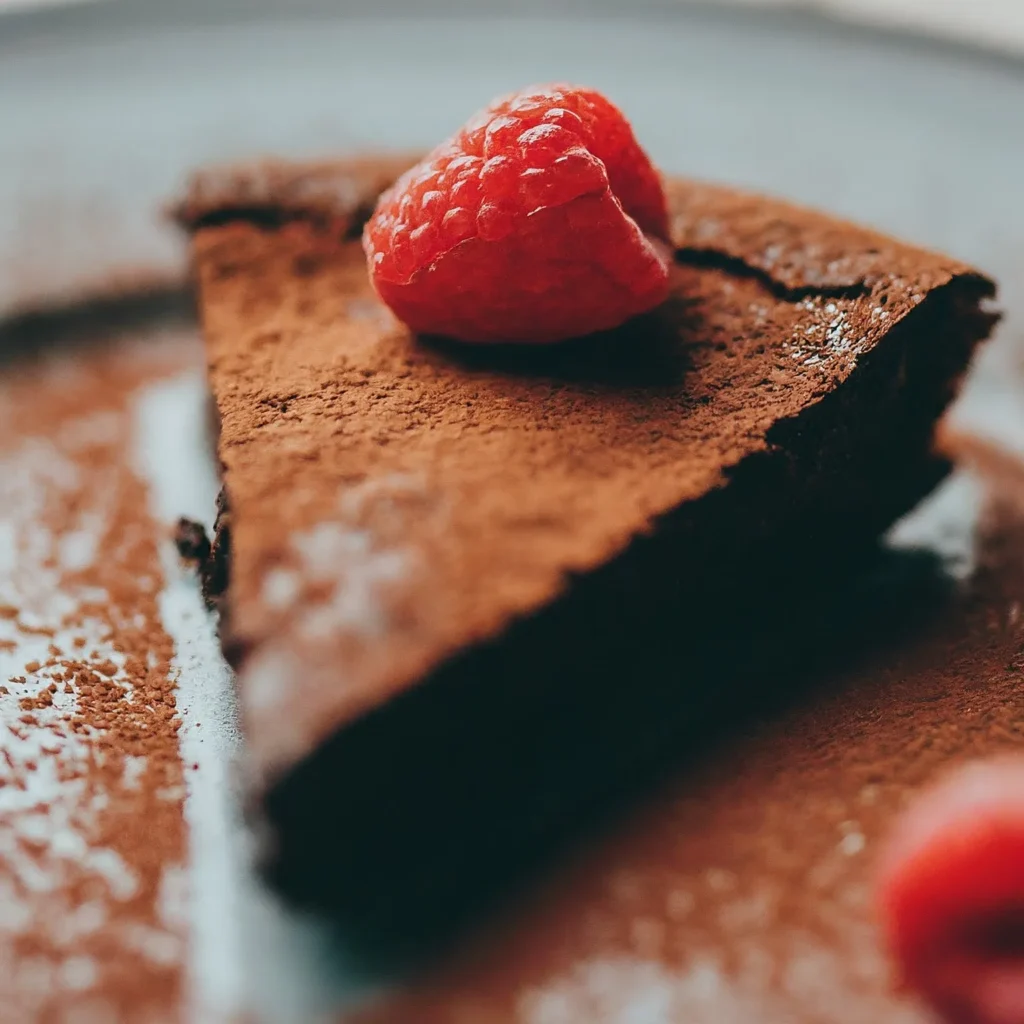
Conclusion
Following a gluten and dairy-free diet doesn’t mean you have to sacrifice delicious desserts. With a little creativity and the right substitutions, you can enjoy a wide variety of sweet treats that are both delicious and satisfying. So, experiment, have fun, and embrace the world of gluten and dairy-free dessert possibilities!

